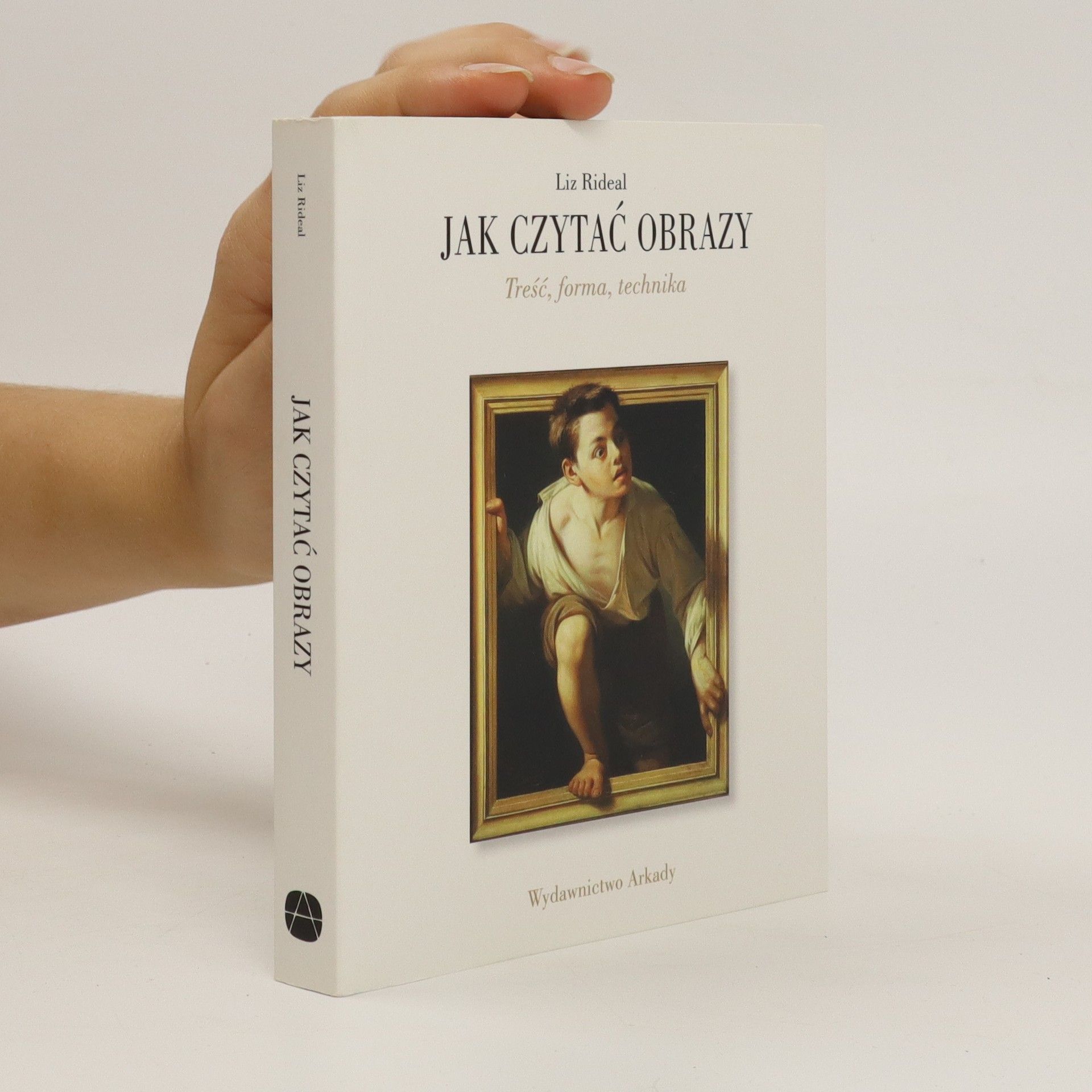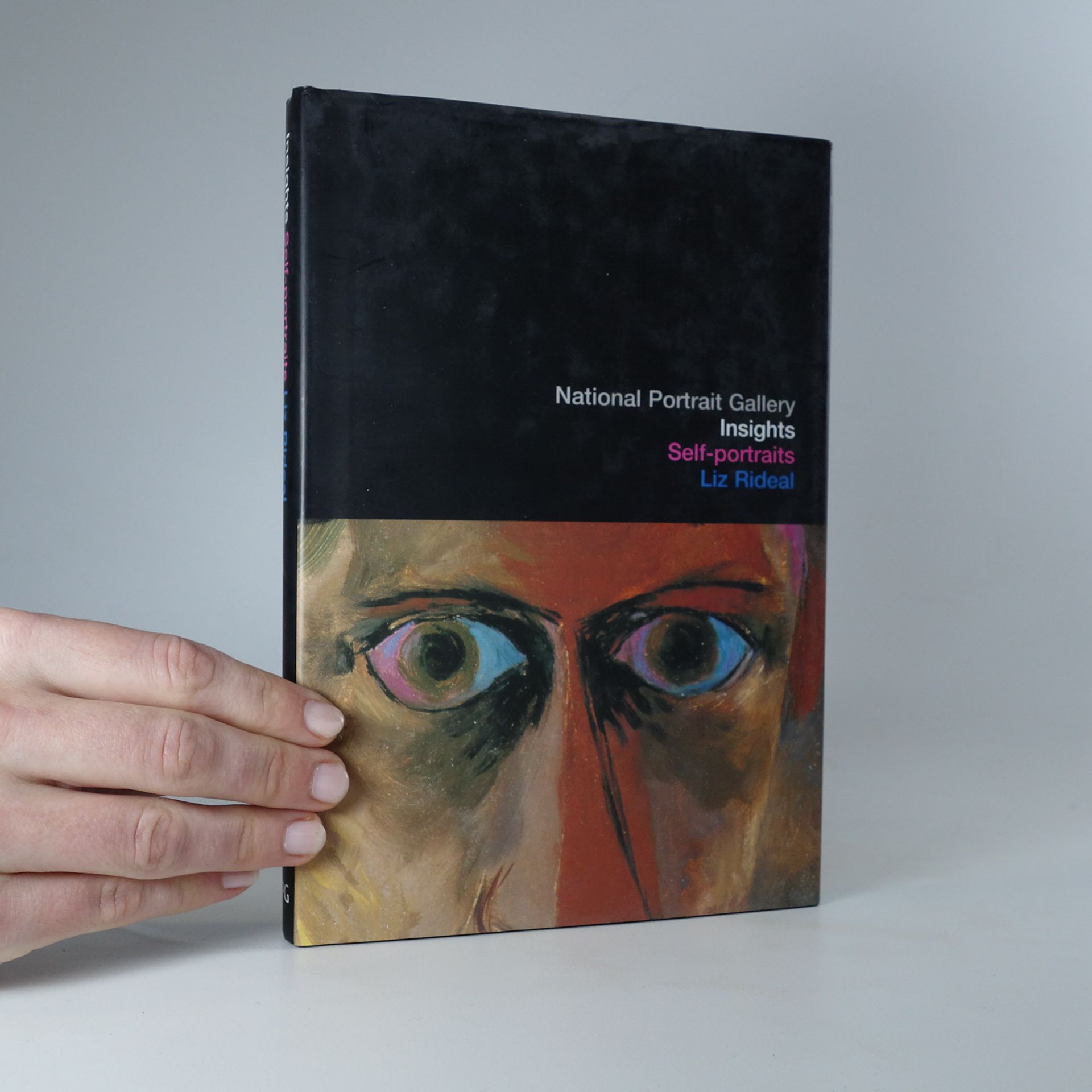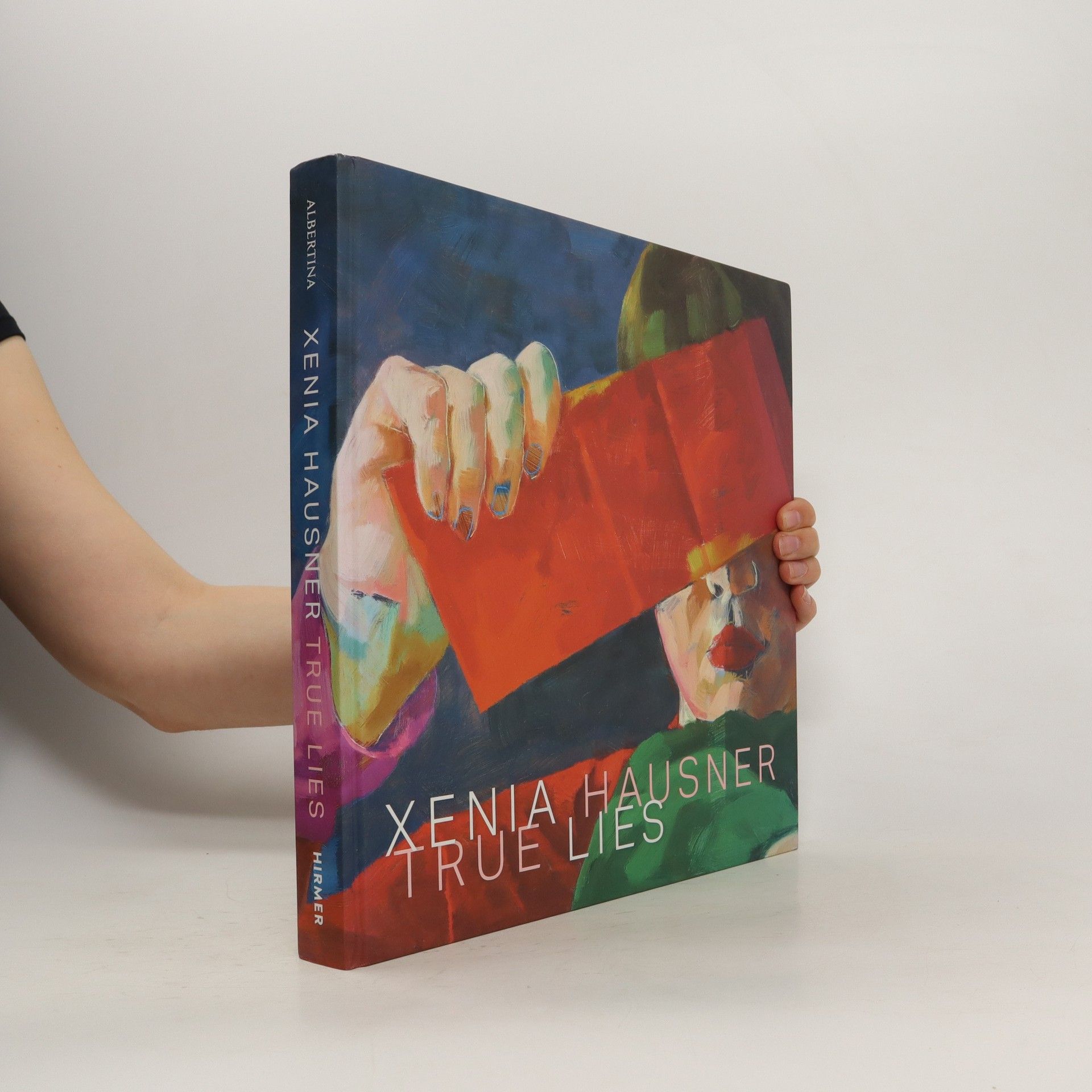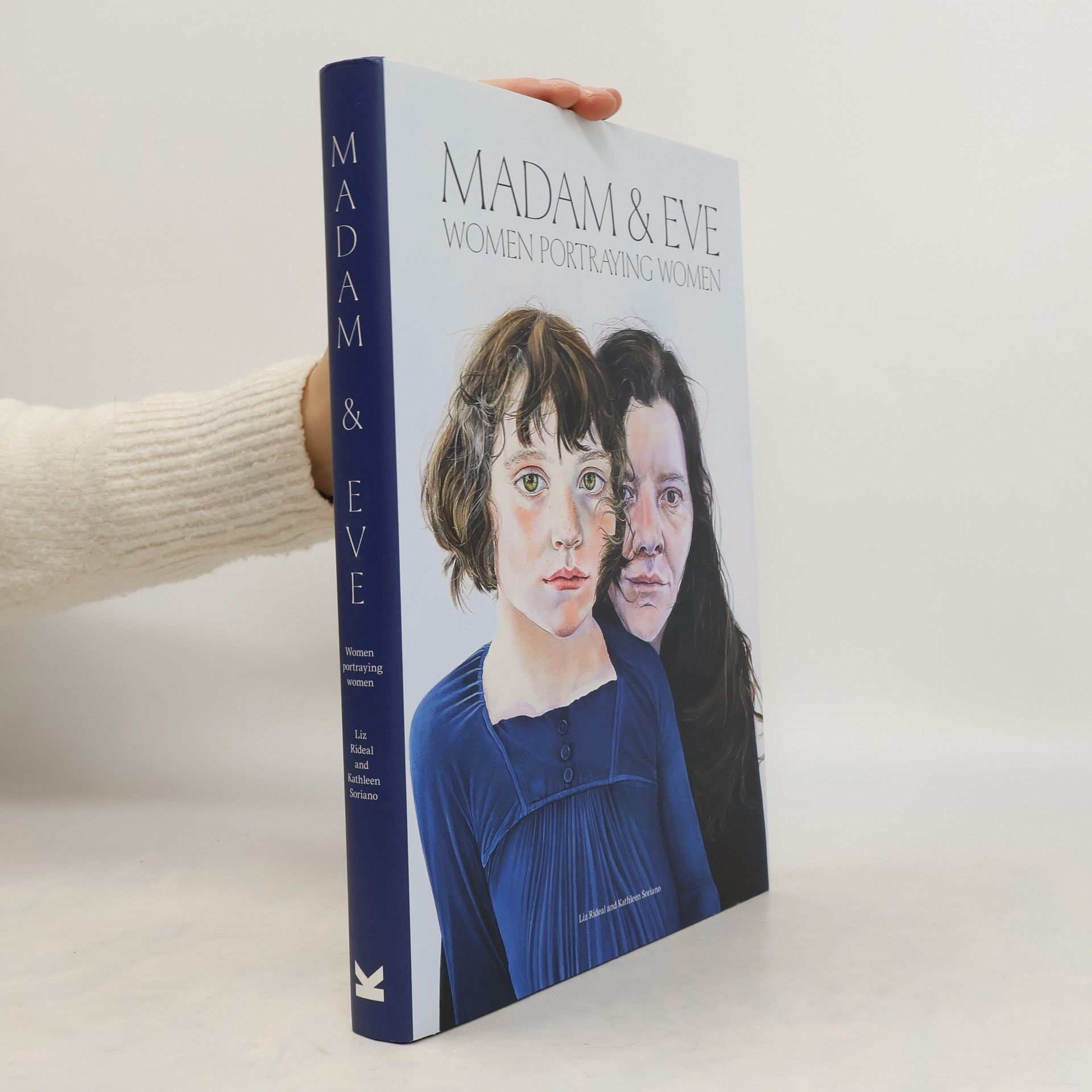How to Read Paintings is a valuable visual guide to Western European painting. Through a gallery of artworks accompanied by informative commentary, it enables readers to swiftly develop their understanding of the grammar and vocabulary of painting, and to discover how to look at diverse paintings in detail, closely reading their meanings and methods.In the first part of the book, the Grammar of Paintings, the author reveals how to read paintings by considering five key areas: shape and support, medium and materials, composition, style and technique, and signs and symbols, as well as the role of the artist. In the second part, we explore fifty paintings through extracted details, accompanied by insightful commentary, training the reader and viewer to understand context and discover meaning within art.As a collection, the pictures featured in How to Read Paintings have a strong relationship with one another, and underpin the story of painting. This book will be a valuable tool whether you are viewing the real thing on a gallery wall, or simply reading around the subject to learn more about Western art.
Liz Rideal Knihy






Madam and Eve
- 239 stránek
- 9 hodin čtení
How do women paint or photograph each other? How do they represent each other in performance or sculpture? As mothers or heroines? With tenderness, aggression or respect? Madam & Eve explores the female gaze as it focuses on other women. The authors – an artist and a curator – investigate the work of over 200 artists, ranging from the well-established to the lesser known. A historical introduction sets up the artistic and cultural context for the rest of the book, which focuses on art since the 1970s and covers the universal themes of the body, life, death, stories, and icons. The result is an amazing parade of artworks: eye-catching, poignant, powerful, political, idiosyncratic, playful, awkward, passionate, sexy, and positive. It is also an eloquent examination of the impact that the feminist movement has had on contemporary art.
Ta poreczna publikacja jest praktycznym wprowadzeniem do historii zachodnioeuropejskiego malarstwa przekazujacym wiedze poprzez prezentacje ciekawych i nierzadko slynnych obrazow Kazde przedstawione w tej ksiazce dzielo sztuki jest nosnikiem pewnych aspektow artystycznej gramatyki ktora po odszyfrowaniu pozwala duzo pelniej docenic piekno i wewnetrzna wartosc prac a takze uczy jak w ogole odczytywac tresc obrazow Przewodnik po malarstwie zawiera informacje niezbedne przy ogladaniu dziel sztuki wiszacych na scianach w galerii a takze przydatne tym wszystkim ktorzy chca sie dowiedziec czegos wiecej o historii zachodniej sztuki Jak czytac obrazy pomoze wam poznac piec kluczowych wlasciwosci obrazow ksztalt i podloze farby i materialy kompozycje styl i technike oraz znaki i symbole co pozwoli lepiej rozumiec malarstwo i bardziej swiadomie sie nim cieszyc W ksiazce omowiono szczegolowo i w sposob chronologiczny piecdziesiat obrazow wybranych z dlugiej historii sztuki zachodnioeuropejskiej pogrupowanych wedlug pieciu glownych rodzajow portret pejzaz malarstwo narracyjne martwa natura i abstrakcja Przeglad zaczyna sie od dziel z epoki wczesnego renesansu a konczy na XXI wieku Wszystkie obrazy zapraszaja czytelnika do fascynujacej podrozy przez kraine rozmaitych stylow gatunkow kolorow i technik